The Drakensberg Mountains, beside their natural beauty, are home to hundreds of painted shelters with thousands individual paintings in them. These were left behind by Bushmen who inhabited the Drakensberg for at least 10000 years. These sites can only be visited with an accredited guide.
In the footsteps of the Bushmen is not the name of a movie or bestselling book, but a guided hike of 7km each way that involves a moderate climb over 250m. Apart from the Bushmen paintings, the area is filled with interesting birds, animals and plants. One can also enjoy great views of Sani Pass, the Apostles and Giant's Cup that form the rim of the Lesotho boundary.
The hike started at the Sani Pass Hotel's grounds, first crossing a swinging bridge across a river, before climbing steadily up the mountain sides. We passed several varieties of Proteas sometimes growing in close proximity to each other. Up in the sky, the presence of large birds had us debating on their identity - Jackal Buzzards, Bearded Vultures and Cape Vultures being common to the area. A pair of Elands regarded us curiously from above as we passed by on our way to a couple of huge boulders that formed a natural shelter and consequently an excellent choice for a rocky canvas on which the Bushmen applied their red paint.
Our guide, a white male native of Cape Town was not one to hold back on his political views and we had a brisk conversation on several topics of interest - mostly about his dismissive views of certain nationalities, his upbringing in Cape Town during the apartheid era, the prevailing practice of reservations in public institutions in South Africa. The presence of a dark-skinned Israeli woman - who still thought herself to be white - just sharpened the conversation. Thankfully, none of us believed in sugar coating, resulting in a frank exchange of ideas free of the fear of causing offense.
All this conversation slowed down to a halt when the afternoon thunderstorm approached (just as it did the previous day when we returned from Lesotho). We had come down from the heights through a shorter, steeper path than the one we took going up. When the lightning and thunder started getting closer, the guide suggested that we cross the river at a point close to us rather than walking around a bare hill to get to the swinging bridge, as that route would have a bigger chance of attracting a lightning strike.
First, we went downstream of the river to get a look at a gushing waterfall. Then we put the cameras away as the thunder started to get on our nerves. At the crossing, we took off our shoes and rolled up our trousers to knee level and waded through the river that was flowing, but the current was not strong enough to threaten us. Three successive lightning strikes within 2 minutes with each getting progressively nearer, froze us in the water as the skies opened up. The river bed was full of small pebbles that hurt our bare feet requiring us to make the crossing quickly. Once we crossed the stream, we realized that there was another arm of the river still left to cross. After that, we still had to walk a muddy path to the Sani Pass Hotel where the guide's car was parked. As we did that, we were pelted with hailstones the size of golf balls. A comfortable stroll in the grass was turned within a half hour into the sort of adrenalin adventure that we had carefully avoided during our time in the Garden Route. Our bare feet were in the way of making a dash for shelter and we had to hop our way back to the car holding our hats over our heads to avoid being hit by the hail.
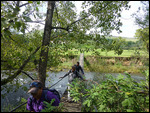

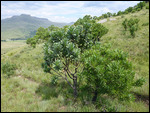

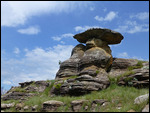
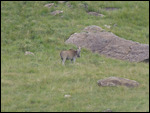
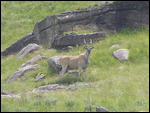
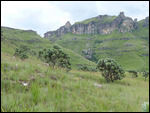
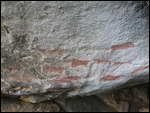
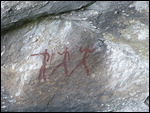

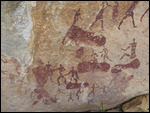

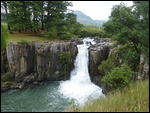
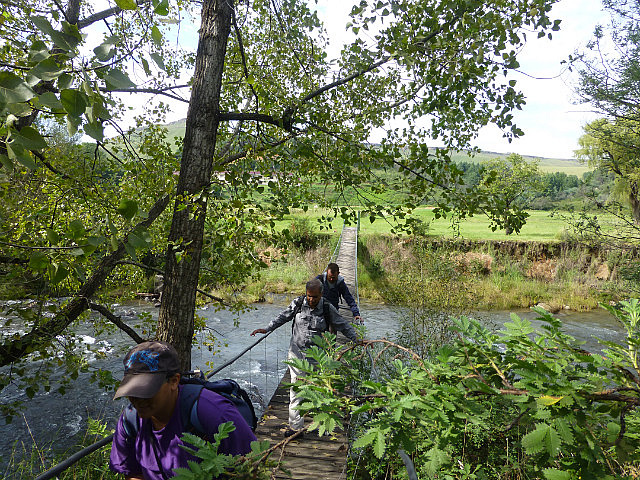

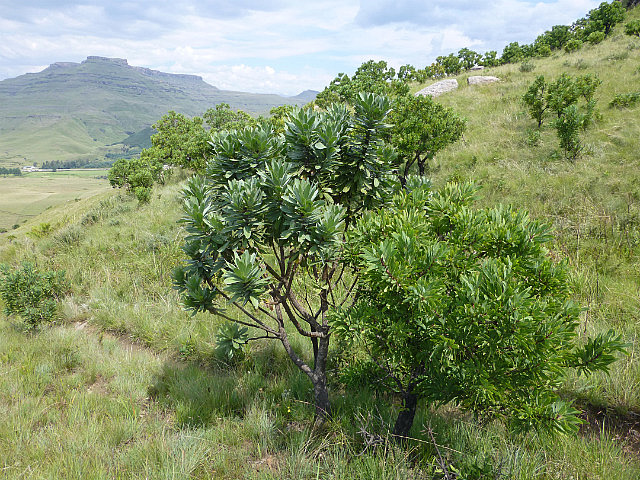


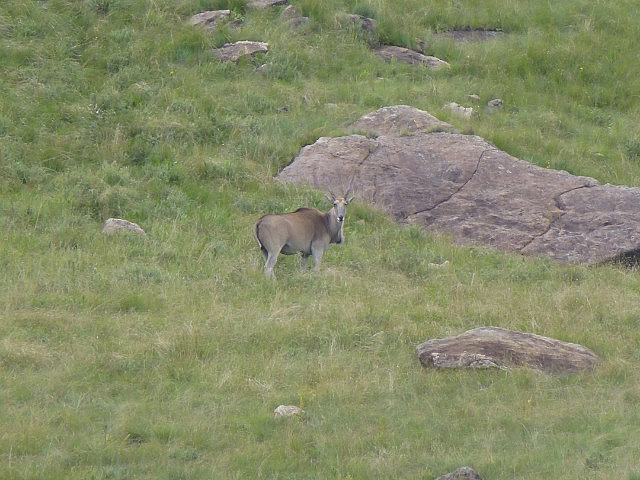
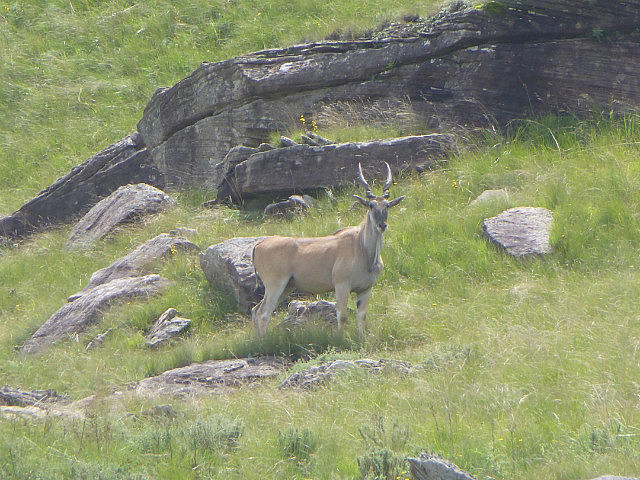


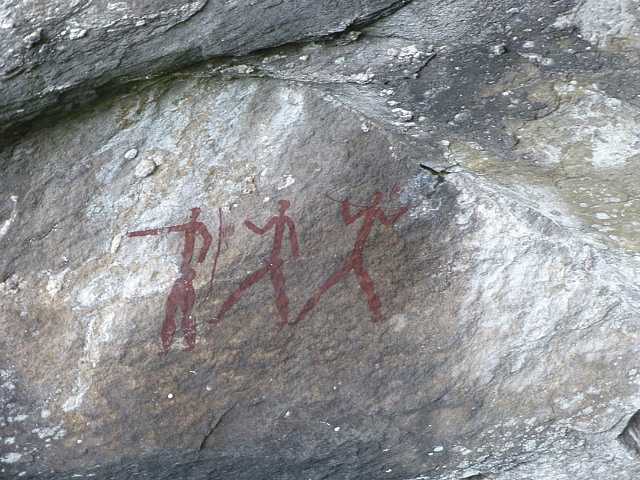
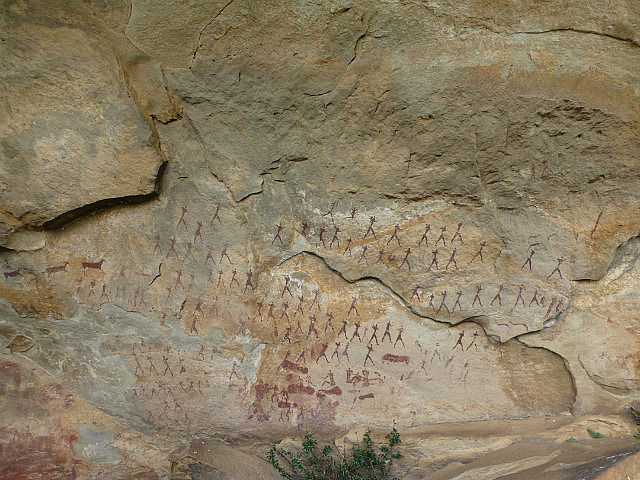
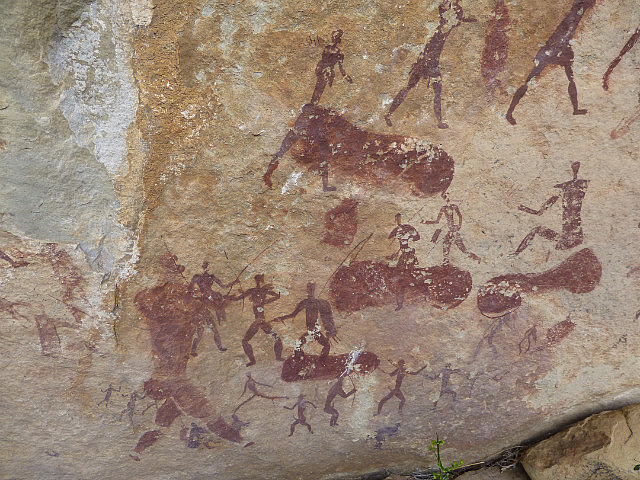
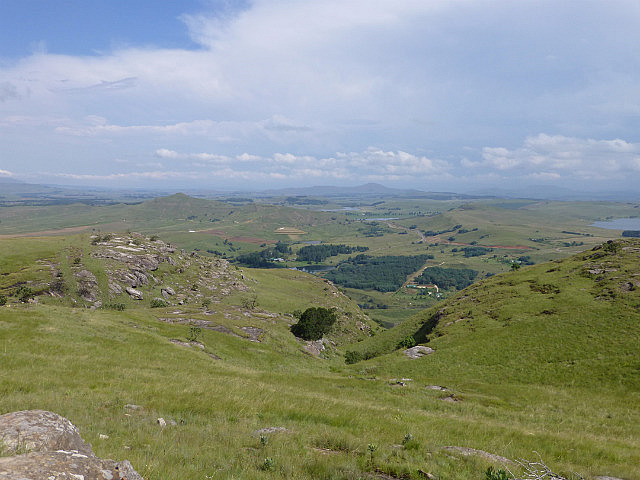

Comments